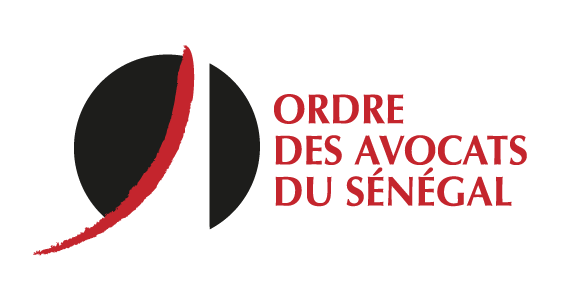European Central Bank to Purchase €60 Billion in Assets Each Month Starting in March
By BRIAN BLACKSTONE, PAUL HANNON and MARCUS WALKER
Updated Jan. 22, 2015 10:57 p.m.
The European Central Bank announced an expanded stimulus program amounting to €60 billion ($69 billion) a month in asset purchases in an effort to revive the eurozone’s struggling economy. WSJ’s Katie Martin explains what it means and what to watch for. Photo: AP.
FRANKFURT—The European Central Bank ushered in a new era by launching an aggressive bond-buying program Thursday, shifting pressure to Europe’s political leaders to restore prosperity in one of the global economy’s biggest trouble spots.
Investors cheered the ECB’s commitment to flood the eurozone with more than €1 trillion ($1.16 trillion) in newly created money, sparking a rally in stock and bond markets and sending the euro plunging.
But in light of Europe’s underlying problems of stagnant growth, high debt and rigid labor markets, ECB President Mario Draghi suggested the central bank’s largess alone won’t be enough to right its economy.
“What monetary policy can do is create the basis for growth,” he said. “But for growth to pick up, you need investment; for investment, you need confidence; and for confidence, you need structural reform.”
The reactions to the central bank’s move rippled widely through the world’s trading floors, corporate boardrooms and European capitals. “It’s one piece of getting Europe back to growth, and we should see an impact,” Joe Jimenez, chief executive of drug giant Novartis said in an interview in Davos, Switzerland, where the political and economic elite are gathered for meetings of the World Economic Forum.
The effects also reverberated beyond the borders of the 19-member eurozone: Denmark on Thursday cut its main interest rate for the second time in a week, seeking to damp investor interest in its currency as investors sold the euro.
Mr. Draghi said the ECB will buy a total of €60 billion a month in assets including government bonds, debt securities issued by European institutions and private-sector bonds. The purchases of government bonds and those issued by European institutions such as the European Investment Bank will start in March and are intended to run through to September 2016. Mr. Draghi signaled the purchases could extend further if the ECB isn’t meeting its inflation target of just below 2%. In December, consumer prices fell 0.2% in December on an annual basis in the eurozone, the first drop in over five years.
The ECB’s new stimulus “should strengthen demand, increase capacity utilization and support money and credit growth,” Mr. Draghi said.
He rejected any criticism that the vast expansion of the ECB’s easy-money policies would stoke inflation down the road, noting that inflation has stayed very low even after several interest-rate cuts and abundant ECB loans to banks. “There must be a statute of limitations for those who say there will be inflation,” he said.
In a nod to concerns in healthier euro countries over the prospect of assuming risks tied to their neighbors’ debts, the ECB said government bonds will be mostly purchased by national central banks and excluded from potential loss sharing. Credit risks associated with the bonds of European Union institutions will be shared, however. “We are not in a one-country setup,” Mr. Draghi said.
Source : The Wall Street Journal
